I’m as old-fashioned as they come, so historical novels are a perfect fit for me—both reading and writing. As a reader, I love the nostalgia and all the life lessons one can learn from those who’ve gone before us. But as a writer, I enjoy delving into the past and researching the time period, more specifically the nineteenth century. When writing a historical romance novel, research is a must to ensure the book is true to the time period.
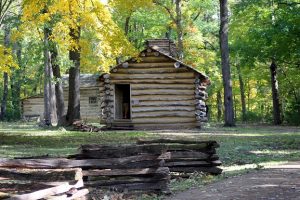 The well-known facts are easy to achieve. My debut novel, Under This Same Sky, took place on the Illinois prairie in the mid-1800s. Most everyone knows settlers lived in log cabins. But few know how cabins were erected or what materials were used to chink the log walls.
The well-known facts are easy to achieve. My debut novel, Under This Same Sky, took place on the Illinois prairie in the mid-1800s. Most everyone knows settlers lived in log cabins. But few know how cabins were erected or what materials were used to chink the log walls.
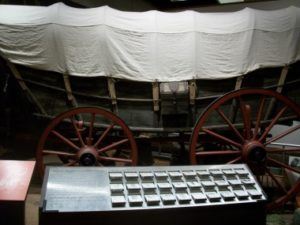 It’s a known fact that covered wagons were used when traveling across the prairie. Yet, only history fans know pioneers kept a bucket of tallow underneath to grease squeaky wheels. Much like a car engine needs oil to run smoothly today.
It’s a known fact that covered wagons were used when traveling across the prairie. Yet, only history fans know pioneers kept a bucket of tallow underneath to grease squeaky wheels. Much like a car engine needs oil to run smoothly today.
I ask many questions as I write my novels: What type of clothing was worn in the 1850s? What farming equipment was available? Had screen doors been invented? How would my characters cross the Mississippi River? What would the city of St. Louis have looked like back then? What type of lighting was used? It’s these fine details that make a novel either believable to readers or contrived.
Though research is a vital part of writing a historical novel, that’s not to say a writer can’t have a little fun creating fictional people and places along with the true ones.
 Under This Same Sky is a blend of fictional and real life. My main character, Becky Hollister grows up a few miles outside of the fictional town of Miller Creek, IL, but later travels to the very real town of St. Louis, Missouri. Only one of my characters is based on a real person. The others are products of my imagination.
Under This Same Sky is a blend of fictional and real life. My main character, Becky Hollister grows up a few miles outside of the fictional town of Miller Creek, IL, but later travels to the very real town of St. Louis, Missouri. Only one of my characters is based on a real person. The others are products of my imagination.

Though mainly fictional, Book Two in my Prairie Sky Series, Under Prairie Skies, includes a very real cattle drive that traveled along a route from Sedalia, Missouri to Chicago, Illinois.
What’s wonderful about historical fiction is that we can have the best of both worlds—the reality of the past blended with the creativity of fiction.
A match that — in this author’s opinion, can’t be beat!

Cynthia Roemer is an award-winning inspirational writer with a heart for scattering seeds of hope into the lives of readers.
Raised in the cornfields of rural Illinois, Cynthia enjoys spinning tales set in the backdrop of the 1800s prairie. She writes from her family farm in the Midwest where she resides with her husband and their two college-aged sons.
Her Prairie Sky Series consists of Book One: Under This Same Sky and Book Two: Under Prairie Skies. She is currently writing Book Three in the series, Under Moonlit Skies due to release in September, 2019.
Connect with her on her Website, FB Author page.









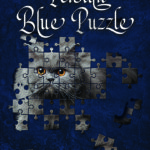
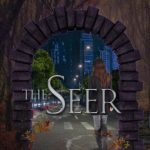
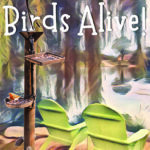
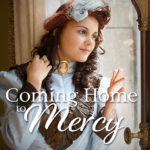



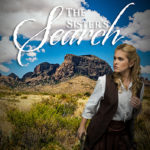


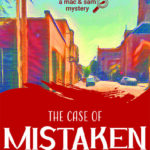


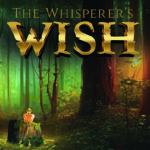
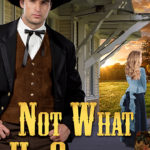


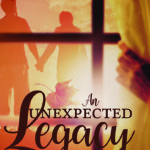

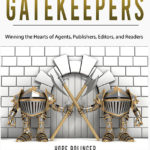
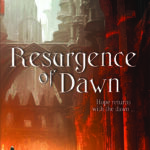



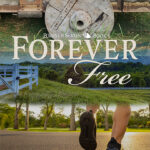

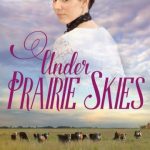



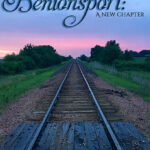

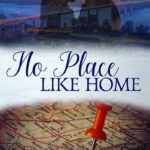
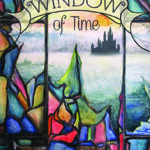






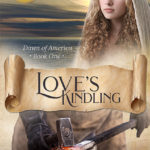



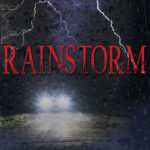


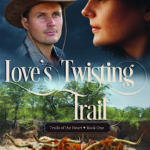



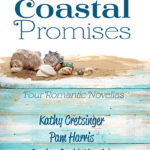
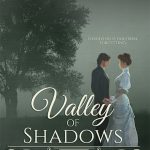
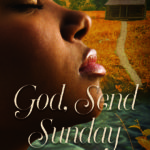





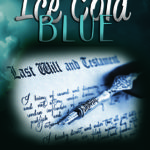











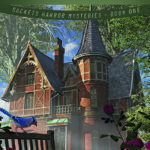




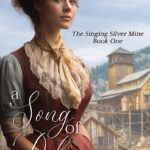

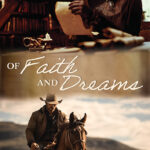


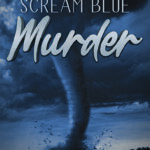





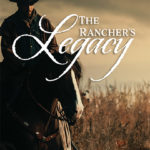
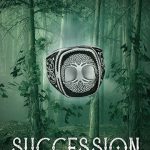





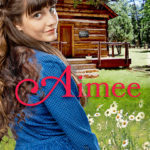


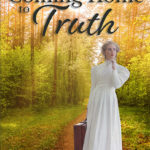





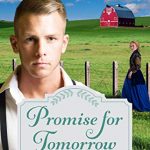

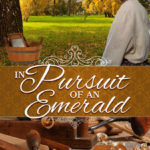

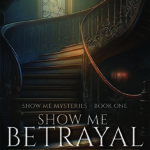




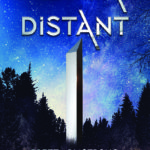

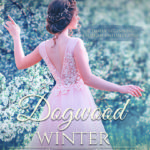



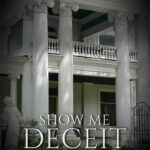











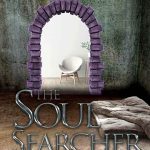


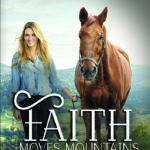




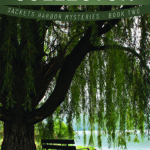
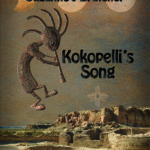




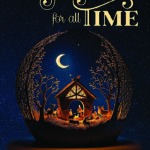
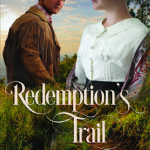


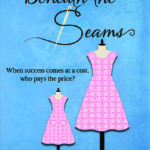

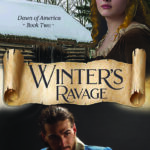





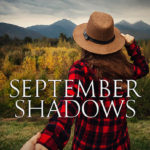

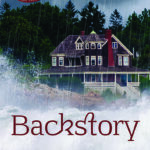





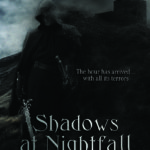
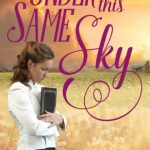
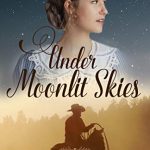
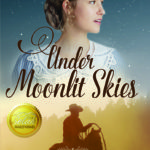


Shhhh. This is a secret that I will share ONLY with you! I am scared to death to try to write historical fiction! They seem daunting, and mysterious, and, well…I think anyone who writes one should get gold stars every day! I salute you with my Sonic sweet tea and a solemn nod of the head. My hero. 🙂
Ah, Debbie! You’ve very sweet. It is daunting at times, but I love learning about the past, so the research isn’t a burden but a blessing. I can’t imagine writing any other genre. It’s what the Lord has given me to write! He may have a different genre in mind for you, but the same calling–to touch the hearts of readers. Blessings!
You’re right. It’s all about the details. It’s pretty easy to tell when an author has done research or not. So, you’ve piqued my curiosity. When were screen doors first used?
When I was writing my first novel set in 1854, I started to mention a screen door creaking open. Then I got to wondering if they were even around then. After a bit of research, I discovered I’d almost made a big mistake since they weren’t invented until 1887!! So glad I thought about it before including it. LOL!
I also love reading and writing historical fiction. Most of the time, I love the research unless I can’t find what I’m looking for. Right now, I’m trying to find out what a sawmill engine would cost at the turn of the 20 the century. So far, I haven’t found it! Enjoyed your post!
Thanks, Candace! Yes, it can be challenging at times to find out the small but significant details. I feel your pain. LOL!
Screened doors! Makes me think of my grandmother’s house. I’m so glad Amy asked when they were invented! Thanks for you post, Cynthia!
Just now seeing this. Thanks, Hope! Glad you enjoys it!